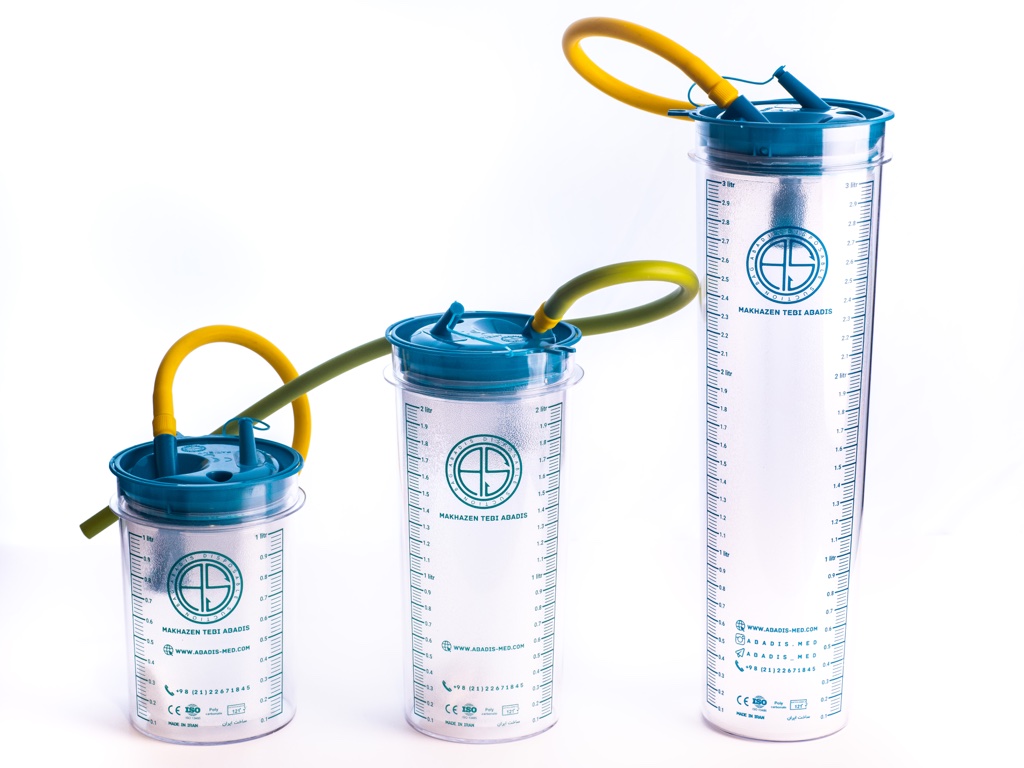
Strategy and Necessity of Using Disposable Suction Bags – Part2
Disposable suction bags
After describing the issue of controlling nosocomial infections, we introduce the disposable hygienic suction bags that are very effective in this category and explain their different characteristics. In the United states, 80% of medical facilites use disposable bags
In some medical centers that still use washable utensils, it is common for these utensils to be washed every 24 hours, but unfortunately this instruction is not done properly due to its difficulty for service personnel.
Using the right equipment, such as disposable suction bags, can save up to %1000 per year intensive care unit , saving on medical costs.
Disposable suction bags are an effective way to reduce the risk of infection through contact with staff in various treatment departments with infectious lesions and organic discharge. Rinsing usually suctioned liquids are discharged into the hospital’s sewage well, which is not acceptable at all due to the possibility of infection transmission to the environment and groundwater . sewage treatment is also very expensive.
The use of disposable suction bags also reduces costs, including:
– Disinfectants
– water
-Electricity
– and the costs of service personnel
Analysis of water consumption and disinfectants after equipping a ward with disposable suction bags in one of Tehran hospitals in march 1996:
At this hospital, canisters are usually immersed in 20-liter tanks containing a mixture of water and disinfectant after rinsing with water. Deconex 2% is usually used, so a 20 liter tank of water and Deconex requires 400 cc of Deconex. On average, these tanks hold 8 1-liter canisters.
That is, for 8 liters of suction tank, 400 cc of Deconex is used as a result, 258 liters of deconks are needed to wash traditional tanks for consumption in only one part of a hospital for consumption for only 3 months. If we assume 192,000 Tomans per liter of deconex . we reach the figure of 49.536.000 Tomans.
These include reducing the use of gloves, gauze and masks. Water consumption for washing each liter of traditional tank: between 4 to 6 liters (we estimate 5 liters).
As a result, for washing traditional tanks, only one part of a hospital consumes 25850 liters of water for only 3 months.
For washing traditional tanks for consumption, only one part of a hospital consumes 25850 liters of water for only 3 months. Given the entire hospital sector and the country as a whole due to the water crisis and drought, should it not be concluded that the use of disposable suction bag is a strategic and necessary product?
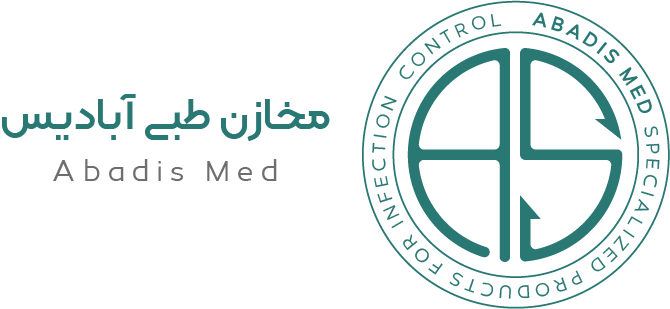

















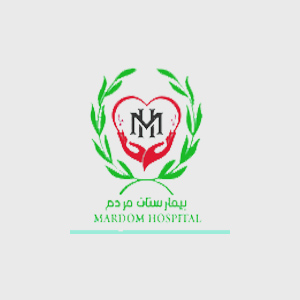


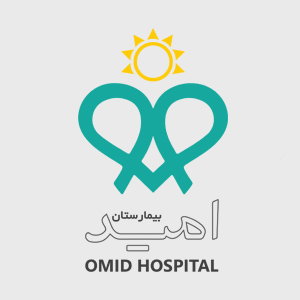







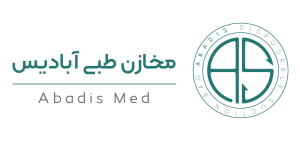
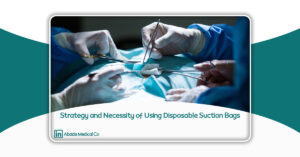
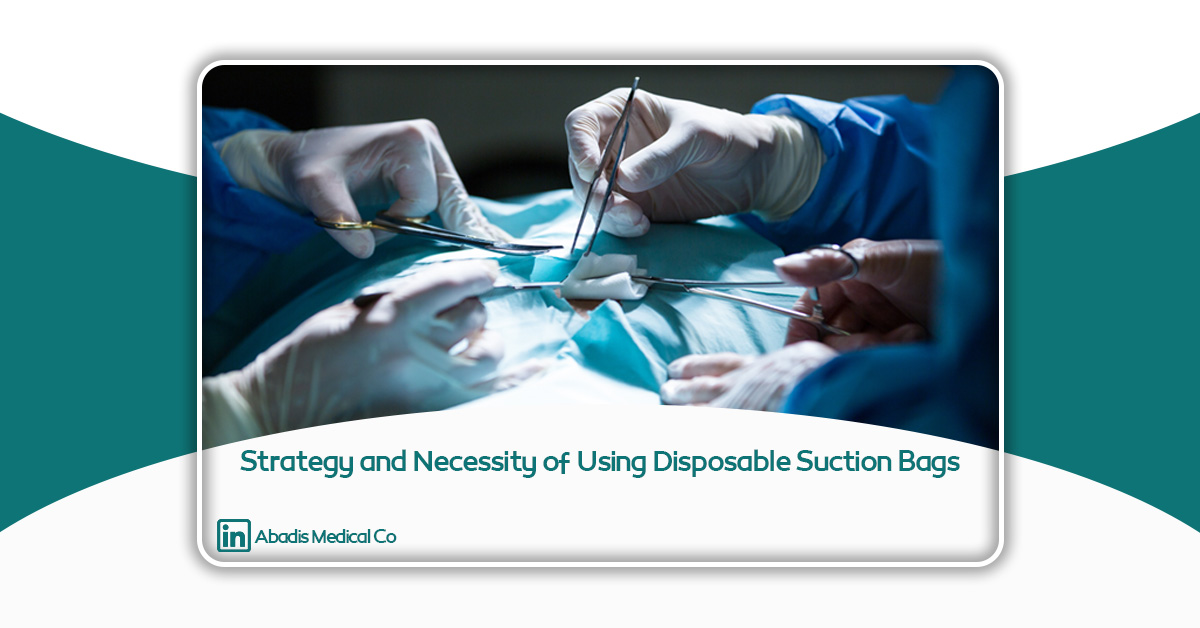

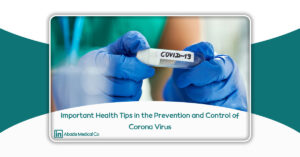
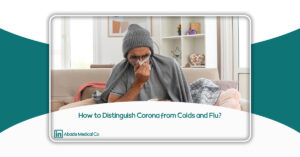




2 Responses
very good advice
very good passage for disposable suction bag